What can you find in the sea?
What can you find in the sea?
Aprendizaje esperado: lee y comprende información a partir de la lectura en voz alta de monografías ilustradas.
Énfasis: identifica información a partir de la lectura de monografías ilustradas.
¿Qué vamos a aprender?
| You will read and understand information from reading aloud illustrated monographs. | Leerás y comprenderás información a partir de la lectura en voz alta de monografías ilustradas. |
¿Qué hacemos?
| 3 Bring your notebook and a pen to write down everything you find important. Remember that it is important to practice as much as you can in order to learn a new language as English. Today we are going to continue identifying information in monographs. We saw some types of instruments. Do you remember? What is your favorite musical instrument? My favorite musical instrument is the tambourine. My favorite musical instrument is the flute. But, I have another instrument I like a lot. I think you are going to guess that one as soon as you remember the information that teacher Lupita shared with us last class. First, we are going to remember some of the characteristics that she mentioned. They were: family type. It refers to which family they belong. For example: percussion, wind or string. Another characteristic was the material they are made of. And finally, how they are played and some fun facts about each instrument. |
Ten a la mano un cuaderno, un lápiz o lapicero para anotar todo lo que te vaya pareciendo importante. Recuerda que, para aprender una nueva lengua, como el inglés, es muy importante practicarla lo más que puedas. El día de hoy vamos a continuar identificando la información de nuestras monografías. Vimos algunos tipos de instrumentos musicales, ¿Los recuerdas? ¿Cuál es tu instrumento musical favorito? Mi instrumento musical favorito es el pandero. Mi instrumento musical favorito es la flauta. Pero también tengo otro instrumento musical que me gusta mucho. Pero ese lo van a adivinar todas las niñas y niños en cuanto recuerden la información que nos compartió la maestra Lupita la clase pasada. Primero, recordemos algunas características que mencionó. Éstas eran: tipo de familia. Por ejemplo: percusión, viento o cuerda. Otra característica es el material del que están hechos. Y finalmente, como se tocan y algún dato interesante sobre ese instrumento. |
¿Cómo se usa? Y algún punto o dato importante sobre cada instrumento.
| Can you all help me read the parts of the monograph we saw before? | ¿Me ayudan a repetir todas y todos las partes de la monografía que vimos anteriormente? |
| Title | Título |
| Subtitle | Subtítulo |
| Characteristics | Características |
| Interesting fact | Dato interesante |
| Once we review the parts of the monograph, it’s your turn to guess what my favorite instrument is. I brought all the information about my favorite instrument, but it is messed up. We will read the information and with _______ s help you will decide in which part of the monograph should be. The frame is made of wood or metal. This goes in “Material”. Next one: The bars are struck with a mallet to produce sound. How to play. This is a small one “percussion”. Small and easy. That’s the family. Let’s read another one. It is often used in elementary school music classes. They have from 42 to 48 wooden or metal bars with different length which produce different sounds. This is a fun fact. Great! I think we have enough information to guess what instrument it is. |
Ahora que ya revisamos las partes de una monografía, es su turno para adivinar cuál es mi instrumento favorito. Traje toda la información sobre mi instrumento favorito pero está toda desordenada. La vamos a leer y con su ayuda, decidirán en qué parte de la monografía debe ir. El marco está hecho de metal o madera. Esto va en “Material”. La siguiente: Las barras se golpean con un mazo para producir sonido. Como se toca. Esta es una pequeña “percusión”. Pequeña y fácil. Esa es la familia. Leamos unos más. Se usa frecuentemente para clases de música en primaria. Tiene entre 42 y 48 barras de madera o metal de diferente tamaño que producen diferente sonido, este sí es un dato interesante. Creo que ya tenemos suficiente información para saber de qué instrumento se trata. |
Xilófono
Xylophone
| Good job, girls and boys. Today, I brought a new monograph so, let’s see what topic we are going to learn. We can identify that our monograph has the title “What can you find in the sea”. We also have an information text that tells us about the animals we are missing in the monograph. Remember that our monography should have illustrations too, then in this activity we are going to complete the monograph. Are you ready? Now you know some of the characteristics. To remember the names of the animals we learned, repeat after me and write down their names. |
Buen trabajo niñas y niños. El día de hoy traje una nueva monografía, así que vamos a ver qué tema vamos aprender. Podemos identificar que en nuestra monografía como título “What you can find in the sea”, que significa lo que podemos encontrar en el mar. También tenemos un texto informativo que nos habla de los animales que nos faltan en la monografía. Recuerda que también tenemos debe tener ilustraciones, así que en esta actividad vamos a completar nuestra monografía, ¿Están listas y listos? Ahora ya sabes algunas características de los animales que viven en el mar. Para recordar los nombres de los animales que aprendimos, repitan después de mí y anota sus nombres. |
| Fish | Pez | 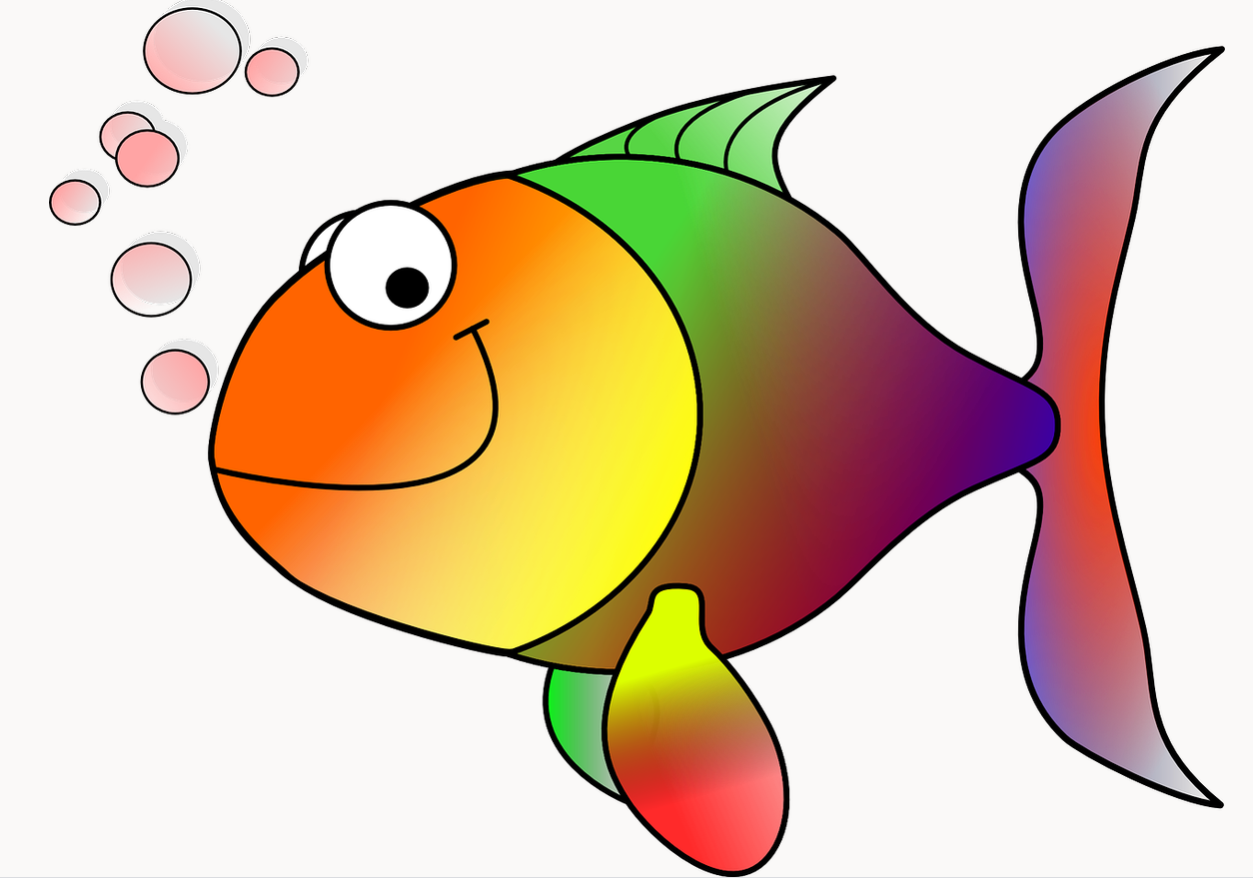 |
| Crab | Cangrejo | 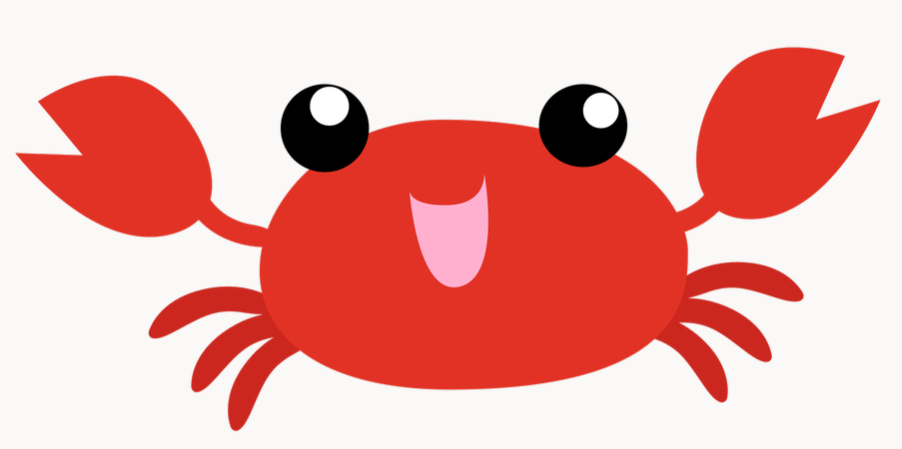 |
| Jellyfish | Medusa | 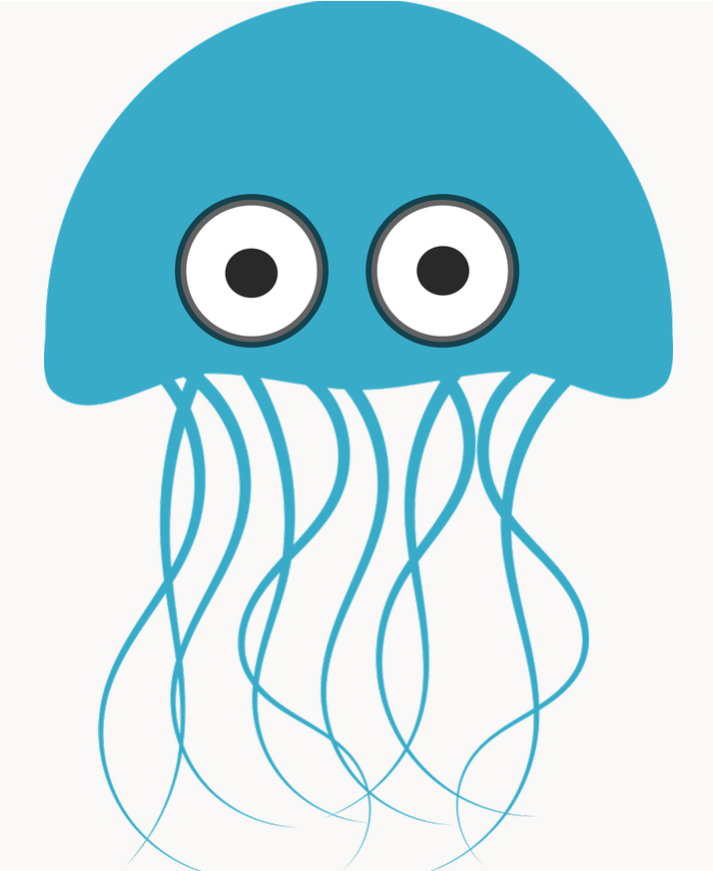 |
| Seal | Foca |  |
| Shark | Tiburón |  |
| Octopus. | Pulpo |  |
| Dolphin | Delfín | 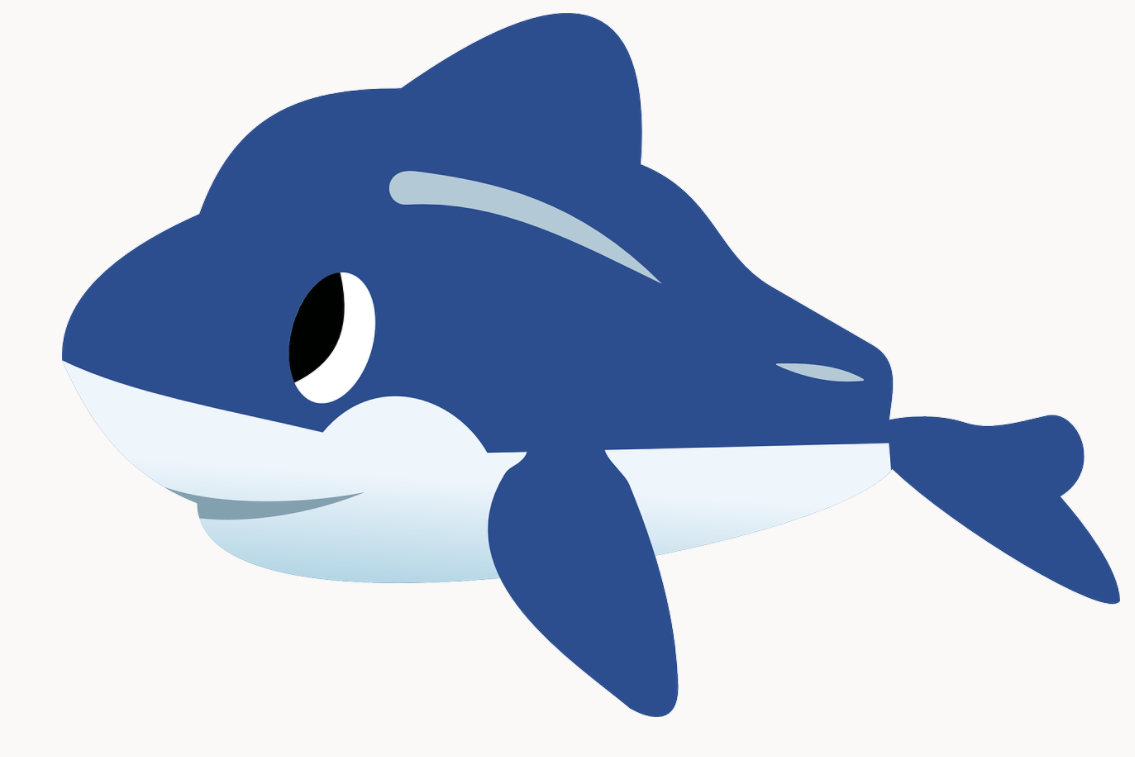 |
| Whale | Ballena | 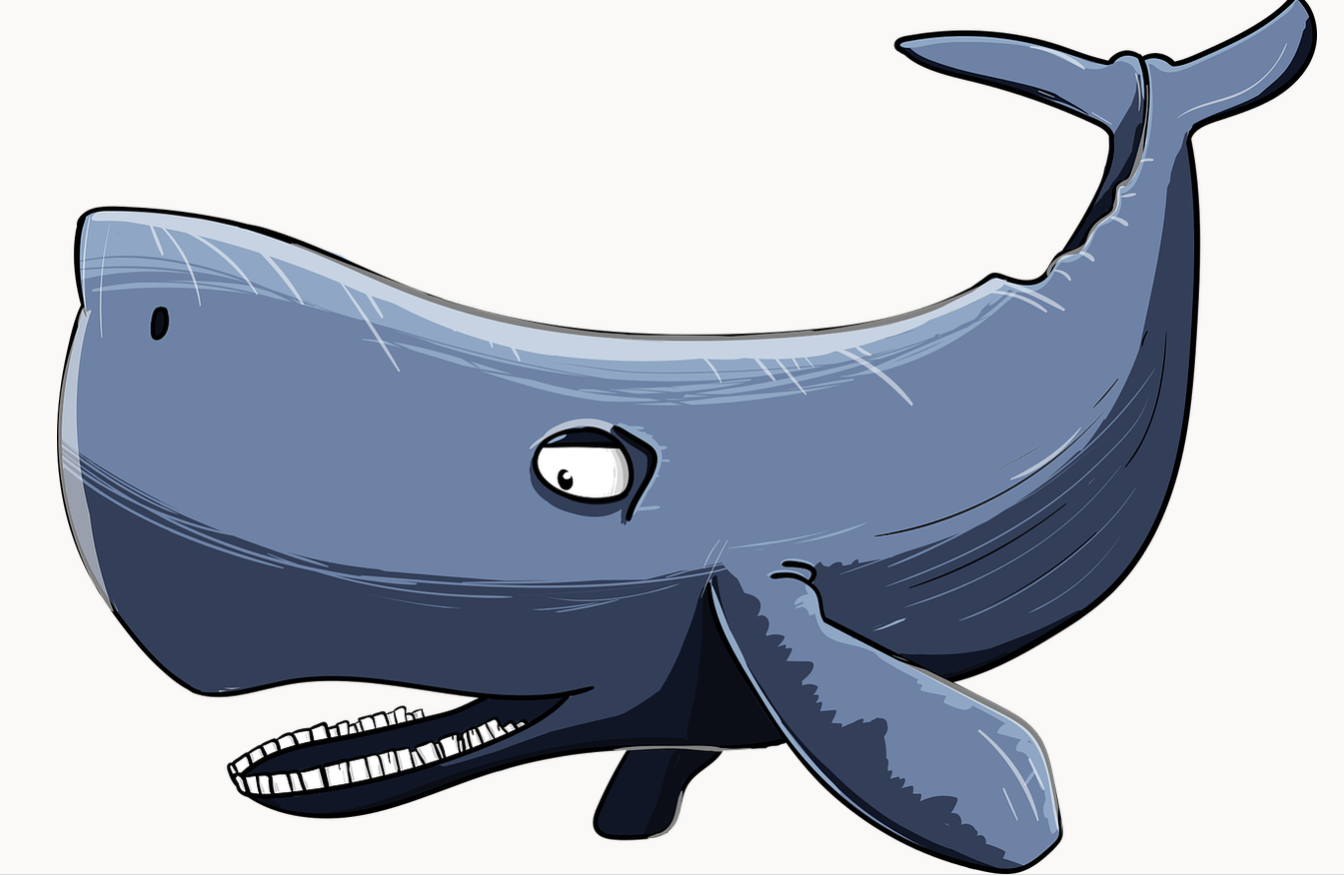 |
| What can we find in the sea? We can find a seal or a fish. Let’s watch this video with people that are in the sea and they tell us what they can find in the sea. |
¿Qué podemos encontrar en el mar? Podemos encontrar una foca o un pez. Ahora vamos a ver algunos videos de personas que están en el mar y nos mencionan que pueden encontrar en el mar. |
- What can we find in the sea?
(del minuto 20:28 al minuto 20:35)
https://youtu.be/ev6_jSCC5Yw
(del minuto 20:36 al minuto 20:45)
https://youtu.be/ev6_jSCC5Yw
(del minuto 20:46 al minuto 20:54)
https://youtu.be/ev6_jSCC5Yw
Puedes jugar y hacer una ruleta con imágenes de animales que viven en el mar.
Using the WH questions, we will search information about it.
We can use the monograph to remember the characteristics of each animal.
For example: if we get shark I can ask the following question:
Where do sharks live?
Sharks live in the sea.
For example:
What do they eat?
Where do they live?
What color are they?
What type of animals are whales?
Now we identified the information about the animals that live in the sea, let’s sing a song to remember them.
Something is missing in the lyrics.
We need to complete the lyrics. Let’s sing it as it is right now and try to find out what words are missing.Usando las frases interrogativas, vamos a buscar información sobre ese animal.
Podemos usar la monografía para recordar las características de cada animal.
Por ejemplo: Si cae el tiburón, puedo hacer la siguiente pregunta:
¿Dónde viven los tiburones?
Los tiburones viven en el mar.
Por ejemplo:
¿Qué comen?
¿Dónde viven?
¿De qué color son?
¿Qué tipo de animales son las ballenas?
Ahora que ya identificamos la información sobre los animales que viven en el mar, vamos a cantar una canción para recordarlo.
Algo falta en la letra.
Necesitamos completar la letra. Vamos a cantarla como está en este momento y tratemos de averiguar cuáles son las palabras que nos faltan.Letra de la canción:
We´re going to the aquarium.
We´re going to the aquarium.
All my friends and me.
To learn about the animals,
that live in the sea (twice ).
Blue whales, seals and jellyfish
orcas, crabs and turtles too.
Octopuses and great white sharks,
all live in the sea so blue.
We´re going to the aquarium,
all my friends and me.
To learn about the animals,
that live in the sea.Are you ready to complete the lyrics before singing the song again.
I think we are ready to sing the complete song.¿Estás lista para completar la letra antes de cantar la canción otra vez?
Estamos listas y listos para cantar la canción completa. - What can we find in the sea?
| Girls and boys, the class is over. Thank you for joining us. Illustrated monographs are very useful to learn new things. Don’t forget to share what you learned with your teacher and family. |
Niñas y niños, la clase ha terminado. Gracias por acompañarnos. Las monografías ilustradas son muy útiles para aprender cosas nuevas. No olvides compartir lo que aprendiste con tu maestro y tú familia. |
See you soon!
¡Buen trabajo!
Gracias por tu esfuerzo.
Este material es elaborado por la Secretaría de Educación Pública y actualizado por la Subsecretaría de Educación Básica, a través de la Estrategia Aprende en Casa.